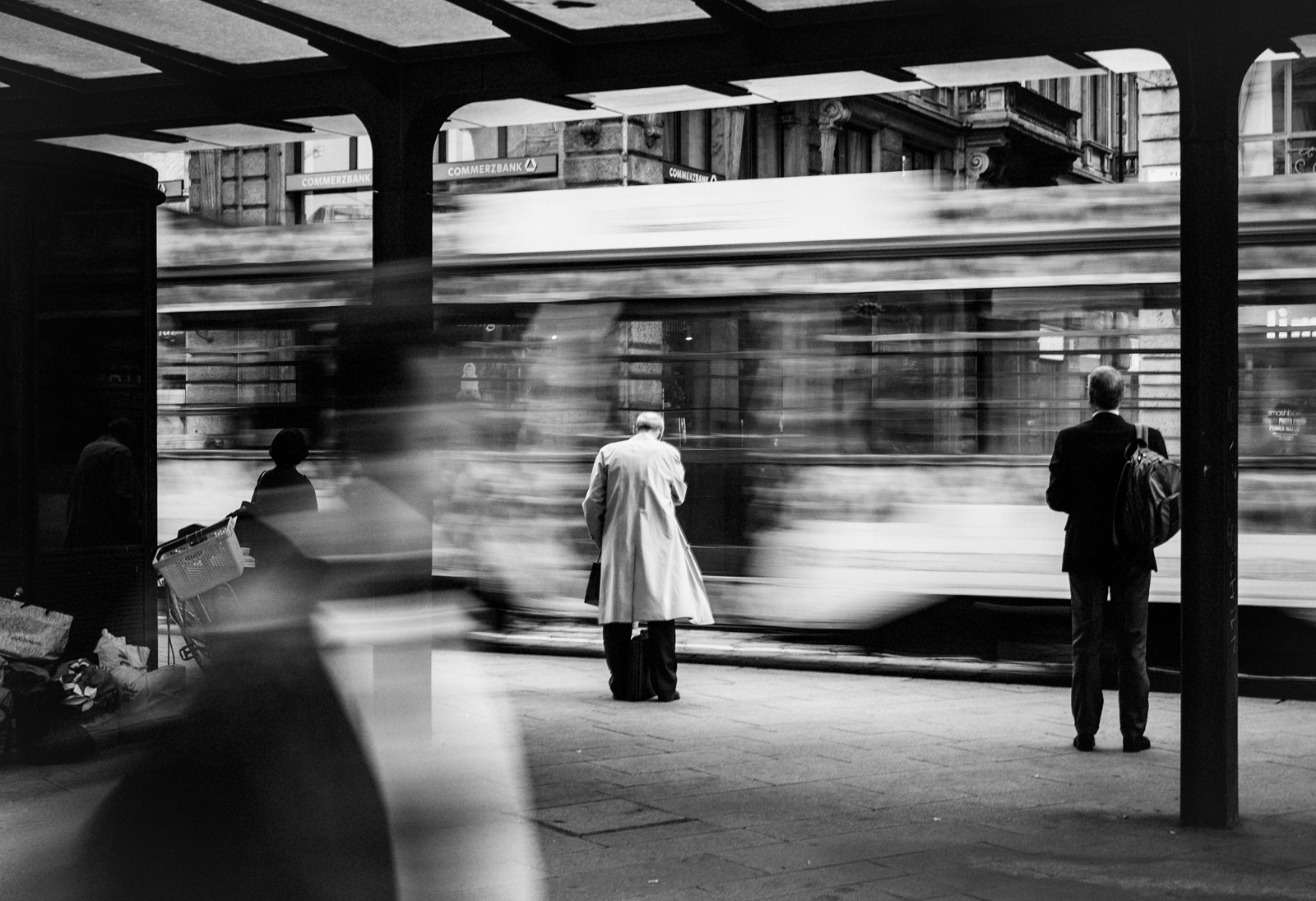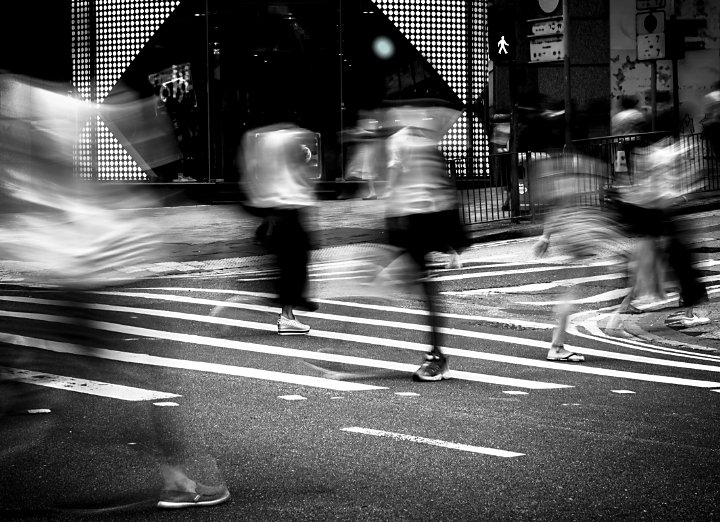Street Photographers - Questions
Street Photographers - Questions
Blog Article
Fascination About Street Photographers
Table of ContentsThings about Street PhotographersThe smart Trick of Street Photographers That Nobody is Talking AboutThe Ultimate Guide To Street PhotographersThe Definitive Guide to Street PhotographersExcitement About Street Photographers
Road professional photographers do not necessarily have a social objective in mind, but they favor to separate and catch minutes which might or else go undetected.Though he was influenced by a lot of those who influenced the road photographers of the 1950s and '60s, he was not chiefly curious about capturing the spirit of the road. The impulse to visually document individuals in public began with 19th-century painters such as Edgar Degas, douard Manet, and Henri de Toulouse-Lautrec, that worked side by side with digital photographers attempting to record the significance of urban life.
As a result of the somewhat primitive technology available to him and the long direct exposure time called for, he had a hard time to catch the stress of the Paris roads. He trying out a series of photographic methods, attempting to locate one that would certainly permit him to record motion without a blur, and he located some success with the calotype, patented in 1841 by William Henry Fox Talbot. While the digital photographers' subject was essentially the same, the outcomes were substantially different, demonstrating the influence of the digital photographer's intent on the personality of the pictures he created.
8 Easy Facts About Street Photographers Shown
Offered the great quality of his photographs and the breadth of product, engineers and artists commonly purchased Atget's prints to make use of as referral for their own job, though industrial passions were rarely his main motivation. Rather, he was driven to picture every last residue of the Paris he loved.

Unlike his peers, Brassa utilized a larger-format Voigtlnder camera with a much longer direct exposure time, compeling him to be much more computed and thoughtful in his method than he could have been if making use of a Leica.

Things about Street Photographers
It is as a result of this basic understanding of the art of image taking that he is often credited with discovering the tool around once more roughly a century because its creation. He took photographs for even more than a half century and affected generations of professional photographers to trust their eye and intuition in the minute.
These are the inquiries I will try to address: And after that I'll leave you with my very own definition of street photography. Yes, we do. Let's kick off with defining what a meaning is: According to it is: "The act of defining, or of making something certain, distinctive, or clear".
No, most definitely not. The term is both restricting and deceiving. Seems like anonymous a street photography should be photos of a streets best?! And all street professional photographers, except for a small number of absolute beginners, will fully appreciate that a road is not the essential element to street photography, and in fact if it's a picture of a street with maybe a couple of uninteresting people doing nothing of interest, that's not road digital photography that's a photo of a road.
The 20-Second Trick For Street Photographers
He makes a legitimate factor do not you think? Nonetheless, while check my site I agree with him I'm not sure "candid public digital photography" will capture on (although I do sort of like the term "honest photography") due to the fact that "street digital photography" has actually been around for a lengthy time, with numerous masters' names affixed to it, so I believe the term is right here to stay.
Inside?! I hear you shout as you tremble your hand to the sky. Why not? You can fire at the beach, at a festival, in an alley, in a park, in a piazza, in a cafe, at a gallery or art gallery, in a metro station, at an occasion, on a bridge, under a bridge ...
Yes, I'm terrified we have no choice! Without guidelines we can not have an interpretation, and without a meaning we do not have a genre, and without a style we do not have anything to specify what we do, therefore we are embeded a "policies meaning genre" loophole! And no-one intends to obtain stuck in a loop. - Street Photographers

Report this page